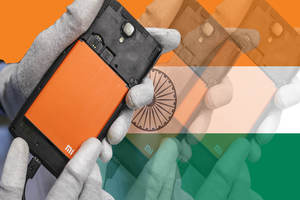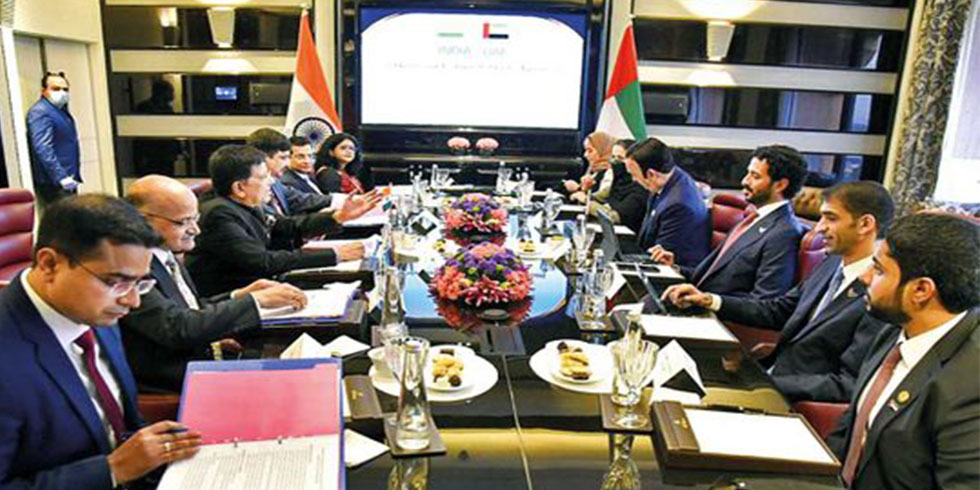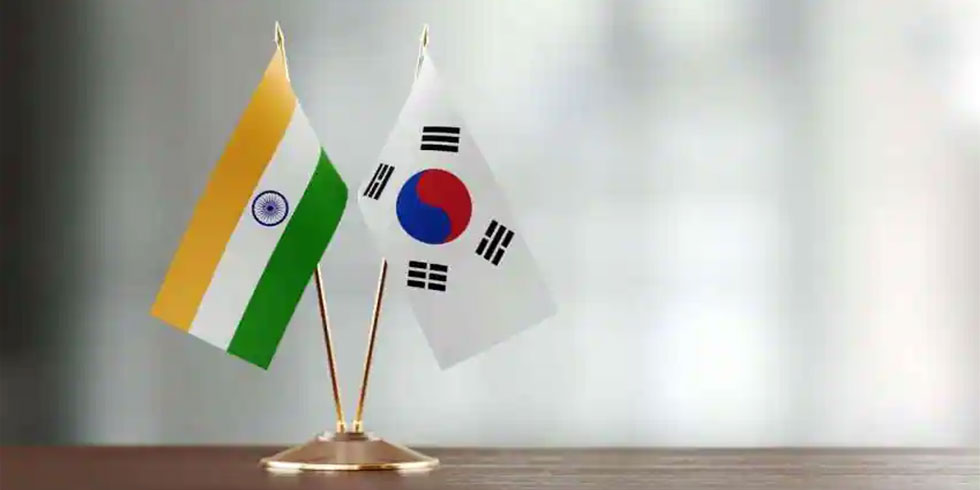A string of Mandarin characters flashes across a blue-lit smartphone display panel at a factory in the north Indian technology hub of Noida, as an Intex Technologies technician tests its latest batch of Chinese supplies.
In a larger, adjacent room, long lines of workers in protective white coats and caps are assembling phones from dozens of other components, from microphones to camera sensors, which again come mostly from China.
This dependence has sparked condemnation of Intex and other Indian electronics groups, as critics argue that they have simply moved onshore the assembly of Chinese products — an approach whose dangers are now being underscored, as the local brands suffer heavy market share losses to rivals from China.
The debate reflects the tough decisions facing India’s government as it seeks to nurture large-scale growth in smartphone production: a crucial test of its “Make in India” drive aimed at revamping a sluggish manufacturing sector.
India is second only to China in terms of smartphone users, who now number more than 330m, according to Counterpoint Research — but this huge domestic market has yet to translate into a powerful electronics sector.
Narendra Modi’s government is on a mission to change that as it seeks to kick-start a manufacturing sector that accounted for only 17 per cent of gross domestic product in 2015: less than half the share in China.
The government’s particular focus on smartphone production reflects the huge growth of a consumer segment that threatens to become a significant drag on India’s trade balance. Indian exports of electrical and electronic equipment were worth just $8.2bn last year, against imports of $37bn.
Progress has been made, with increased onshore assembly by local smartphone brands as well as South Korea’s Samsung Electronics and several fast-growing Chinese producers. The proportion of locally assembled phones jumped from 30 per cent in 2014 to 80 per cent by early 2016, estimates Bipin Sapra, a partner at Ernst & Young.
That growth was driven, he adds, largely by a “differential duty” structure that pushed up the cost of imports relative to domestically assembled phones.
That system seemed due to be eliminated by India’s landmark, all-encompassing goods and services tax that came into force at midnight last Friday, which announced an effective tax of 12 per cent on imported and locally assembled phones alike. The government calmed fears in the small hours of Saturday morning, announcing a 10 per cent duty on imported phones that will maintain the fiscal incentive to produce onshore.
For many phones in India, he says, “local value addition is not more than 2 or 3 per cent”, with some producers putting together Chinese kits imported in near-complete form. “It’s just screwdriver technology,” he says.
However, over the past 18 months, the government has rolled out supplementary import duties to incentivise the domestic manufacturing of components — focusing initially on simple parts with low investment requirements.
February’s budget extended this policy to printed circuit boards, a key component that lies at the heart of every smartphone.
Evidence of the impact of these policies is on show at Intex, which now produces basic components such as chargers in-house, and will start making its own circuit boards later this year.
The new measures are also convincing foreign groups to deepen their manufacturing work in India, says Manu Kumar Jain, country head for Chinese smartphone maker Xiaomi.
When in January 2015 it decided to start production in India, it braced for a slow and arduous bureaucratic process of at least two years, Mr Jain says — “but everything just came together very fast”, with product under way in well under a year.
The government’s swift handling of Xiaomi reflects its efforts to attract foreign companies to manufacture in India, conscious of how such investment helped to jump-start China’s own electronics industry.
Today, more than 95 per cent of Xiaomi phones sold in India are made at local facilities run for it by the Taiwanese contract manufacturer Foxconn, helping it to achieve Indian smartphone sales second only to Samsung during the final quarter of 2016.
In fact, according to IDC, four of India’s top five smartphone sellers by market share were Chinese in that period, edging out local players Micromax, Intex, Lava and Karbonn, all of whom had previously enjoyed top-five slots.
Intex founder Narendra Bansal says that the government should step in to help local brands, suggesting a special levy that would apply even to phones made by Chinese companies within India, to counterbalance the support that they have received from the Chinese state.
Mr Modi’s administration has given little sign of interest in such a bluntly protectionist move, which would clash with its broader push to improve India’s reputation among foreign investors.
But by maintaining — and strengthening — a differential duty regime on imported products, the government can push foreign groups to do more of their manufacturing in India, while eroding the advantages that they enjoy over local brands from their huge international operations, argues Shubhajit Sen, marketing head for Micromax.
“If the Indian government is to nurture Indian industry, the best way is to incentivise onshore production in a more aggressive manner,” Mr Sen says. “It's really difficult to jump-start a full manufacturing system, but we’re on that road.”














Add Comment